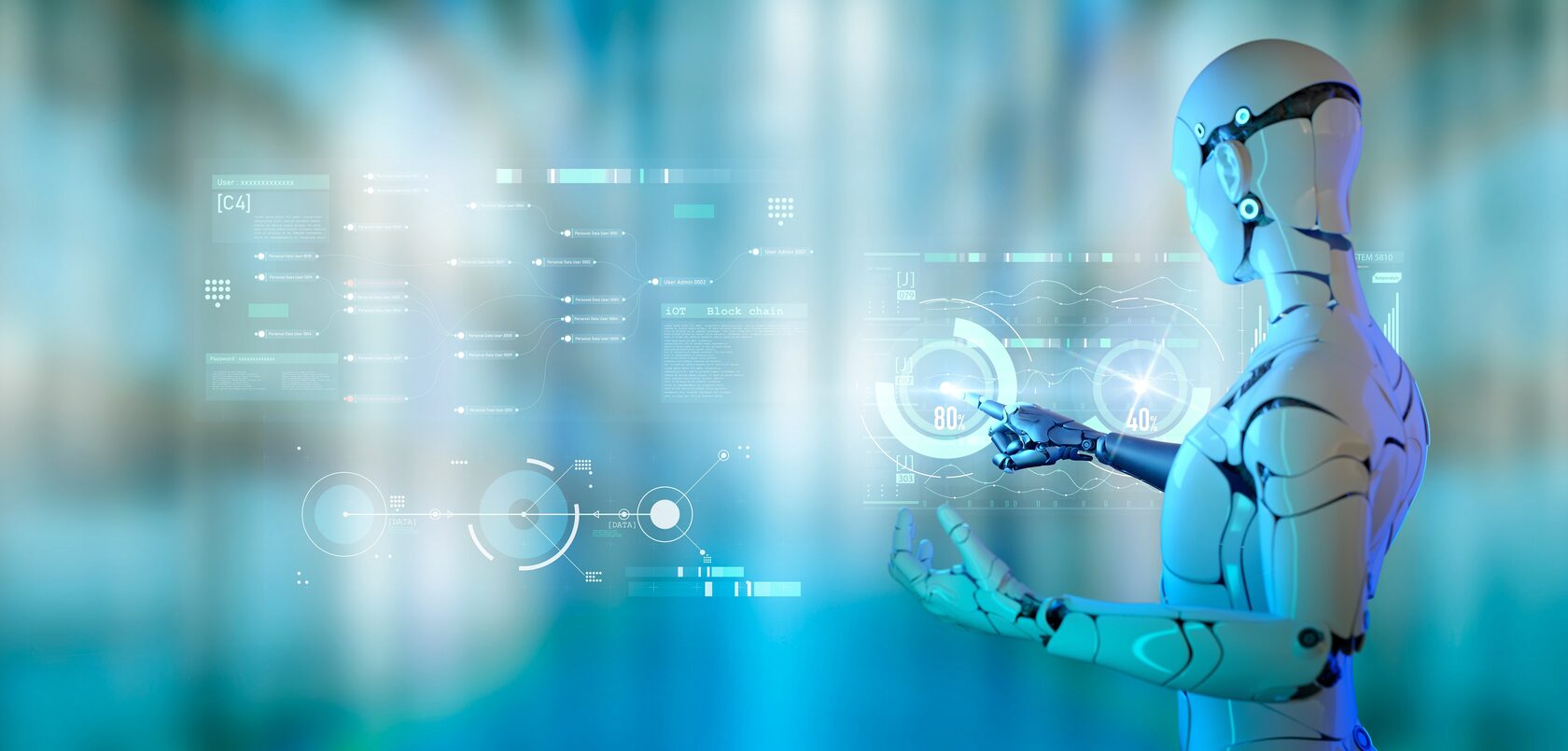In today’s age, a wide range of manufacturing industries use robotics technology to bring tremendous transformation in peoples’ work and personal lives. The intensity of this technology is laying the foundation for a new generation of digital and physical world. Robots help industries deal with major challenges, including limited labor pools, global market competitiveness, and safety. Thus, they can enable companies to remain competitive globally, focusing on efficiency, innovation, and challenges that set the groundwork for growth and success without eliminating human involvement.
In this blog, we will venture into the top 4 robotics trends of 2021.
1 Healthcare robots
The global market for medical robots is projected to reach $12.7 billion by 2025. Robots in the healthcare industry offer administrative support to health workers and enhance patient care. They, as assistants, enable surgeons to perform operations with greater accuracy and success. Medical robots can also measure vitals and analyze reports of the patients. They can monitor the environment of the hospital and alert nurses when required. These robots can also be deployed in laboratories, working as lab assistants. Proven Robotics offers a healthcare solution for the robot Pepper, which can gather information, record complaints, assist doctors, enable health professionals to prioritize more pressing issues, and even make appointments.
AI-enabled robots
AI robots can quickly identify and handle different objects with sensory input from the environment. It enables companies to move beyond automation and tackle high-level tasks by implementing robotics technology. With AI, robots can function round-the-clock without the need for human controllers to plan, navigate, analyze surroundings, and sense different materials. Many companies find that integrating robotics solutions with various operations increases efficiency, value, and accuracy. The market value of artificial intelligence (AI) enabled robots will be expected to reach $12.36 billion by 2023.
3 Collaborative robots
The global collaborative robot market is projected to reach $10.14 billion by 2025. Cobots or collaborative robots are versatile and can work with humans to offer game-changing benefits in various industries. Cobots also help in the picking, packaging, and palletizing of products. These mundane tasks are the most repetitive, which makes them ideal for cobots. In a real-life event, on a project of Aurora Flight Sciences, a Boeing company, the cobot interacts with the aircraft cockpit controls as a co-pilot.
4 Industry robots
The global robotics market is expected to reach $75.3 billion by 2026. Industrial robots are primarily used for monotonous and unsafe operations and help complete high-precision tasks. Industries can program these robots to be used for a variety of functions. Farmers have already started using different kinds of robotic machines to automate operations like thinning, pruning, and other manual tasks in the agriculture industry. The deployment of robots in various manufacturing industries helps workers perform intricate and monotonous tasks that increase productivity while reducing production costs.
Using robots in manufacturing industries will increase the quality of products. A robot can perform repetitive tasks 24*7 in a faster and more systematic way. That is why robotics technology is the key factor for any business’s growth, development, and survival. If you want to integrate robotics solutions to level up your business, follow us on Instagram, LinkedIn, and Facebook.
Drop us a line
Error: Contact form not found.




